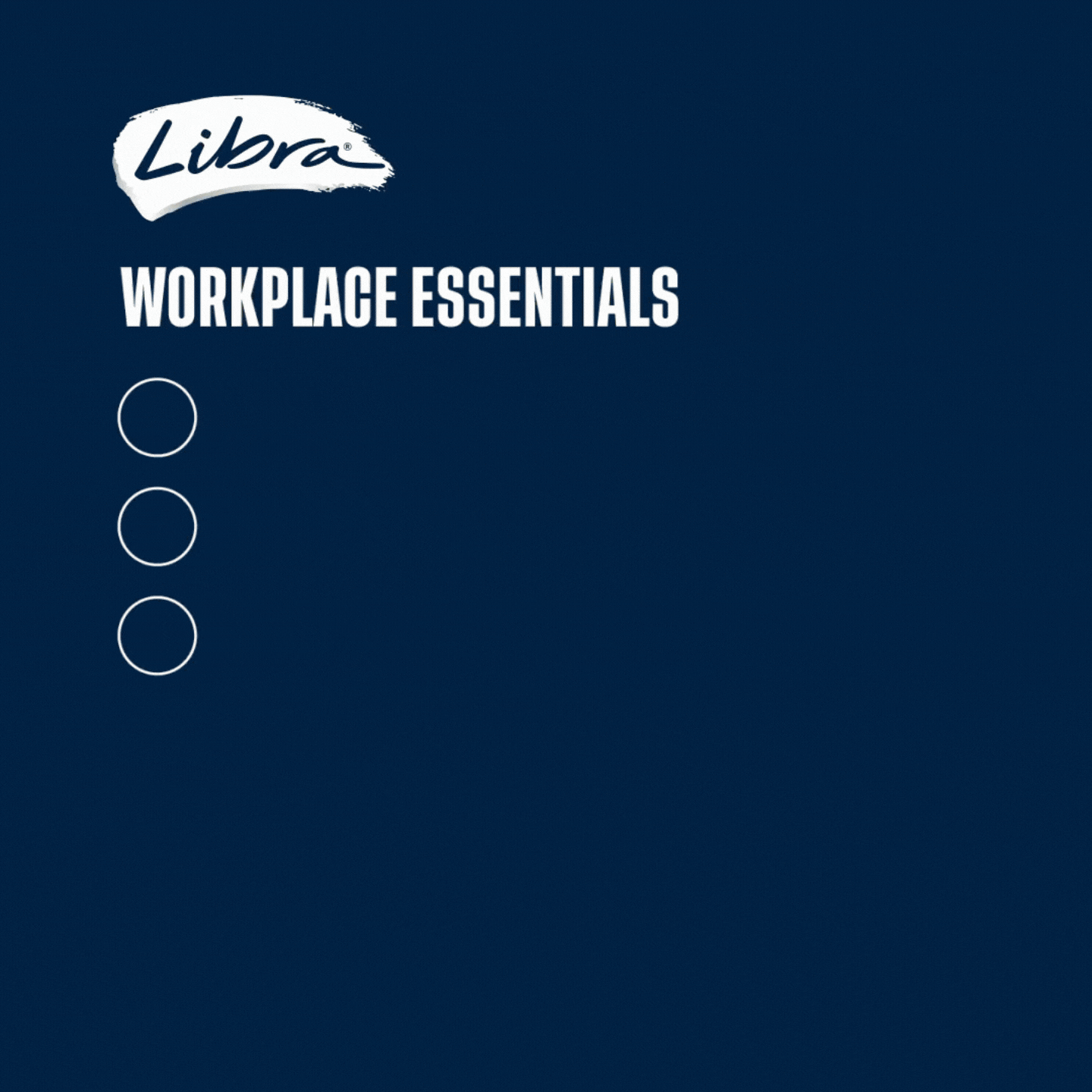It’s been described as a Labor budget, as planting the seeds of a possible turning point for an unpopular government and according to the The Sydney Morning Herald‘s stalwart economics editor Ross Gittins, it’s the best of the four the current coalition government has delivered.
It bares little resemblance to the breathtakingly harsh 2014 manifesto which effectively thwarted the political careers of both Joe Hockey and Tony Abbott.
So far the greatest criticism of Morrison’s 2017 budget has come from conservatives. Some might say that criticism heralds its virtues.
And yet for all of its relative merit there is something unmistakably absent from this budget. Women do not rate a mention.
The fact a government blueprint that almost entirely avoids the subject of women can be received positively is telling. It is, of course, all relative.
Women were spared the government’s plans to undermine paid parental leave and – thankfully – funding for domestic violence services wasn’t stripped to the tune of $300 million like it was in 2014.
It is true that – as far as our initial analysis suggests – there is nothing as explicitly and specifically damaging for women in this budget as those measures.
But it is also true that there is not a single measure designed to address gender inequality. Which is dire because women are not going to achieve parity without intent.
The workforce participation of women will not grow markedly without concerted effort and specific policies.
The entrenched financial vulnerability women face will not shift without substantive change.
The pay gap will not shrink without measures to ensure it.
We will not reverse women’s homelessness without addressing it.
Gender equality is not going to happen by accident. If it were, the optimistic would say it might have occurred already.
Back in 2014 when the G20 met in Brisbane closing the gender gap by 25% by 2025 was agreed as a central objective towards economic growth and tackling inequality.
At the time addressing gender equality was formally included on the G20’s agenda, it was met with cautious relief.
Would this finally elevate the issue of gender inequality to a legitimate priority? Would we see an increase in tangible measures to close the gap?
At the time the then Prime Minister, Tony Abbott appeared to indicate that it might.
“[It would be] an extraordinary achievement if we can deliver on this, but it is a clear aspiration and it is an achievable accountable goal,” he told ABC News.
Alas, we have seen very little to indicate it remains a goal at all.
Just last week the very same Tony Abbott swiftly rebuked the sex discrimination commissioner for considering policies to aid gender parity.
While he might no longer occupy the position of PM or Minister for Women, in the absence of any alternative response from the Minister for Women or the current PM, his comments cannot be disregarded entirely.
If there is someone – anyone – in the senior government concerned about alleviating gender inequality, can they please stand up?
For Australia to reaching the G20 2025 target we would need to create an additional 300,000 jobs for women, to lift women’s participation in the workforce from 58% to 61%.
The fact this didn’t rate a mention in the budget makes clear that nearly four years on, it remains an unachievable pipe-dream.
Which simply reinforces the fact Australia desperately needs to re-introduce the Women’s Budget Statement. Not as an addendum to the main event, but as a process that is entwined in the main event.
Without a gender lens actively being applied, it seems clear that how the budget impacts women will not be considered.


